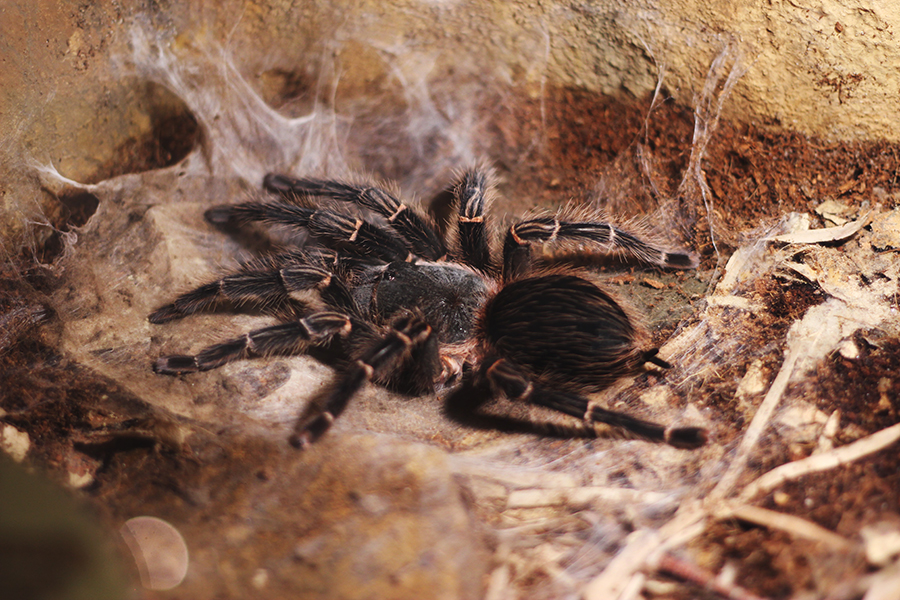Benzen
Arachnopeon
- Joined
- Apr 9, 2022
- Messages
- 34
I always wondered why OW and NW Ts are so different in temperament.
While NW Ts are mostly chill, slow and have urticating hairs, OW Ts are fast as heck, defensive and love to bite.
What made them develop so differently?
Is the OW so much more dangerous for small critters such as Ts? More predators which requires to be more feisty and bold?
If someone has an idea or theory, lemme know!
While NW Ts are mostly chill, slow and have urticating hairs, OW Ts are fast as heck, defensive and love to bite.
What made them develop so differently?
Is the OW so much more dangerous for small critters such as Ts? More predators which requires to be more feisty and bold?
If someone has an idea or theory, lemme know!

